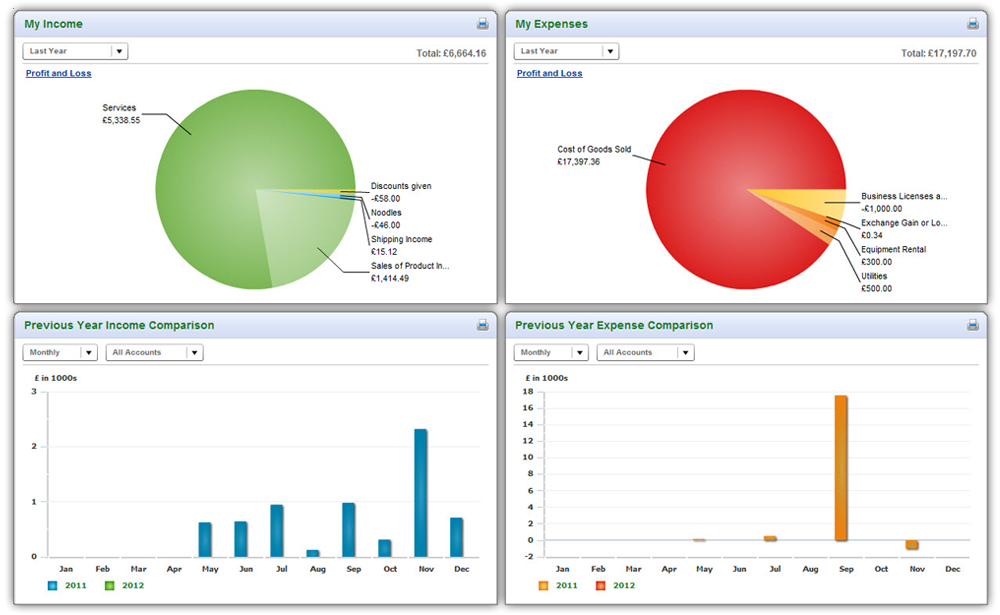Help Company Snapshot
Post on: 16 Март, 2015 No Comment

Company Financials Filter
About Company Financials Filter: The Company Financials Filter is a search tool designed for isolating companies based on their industry classification, market capitalization, and most recent annual financial information such as revenue and revenue growth, net income and net income growth and book value. All input fields are optional, but can be used to isolate specific companies within a particular industry that meet revenue, income or other criteria.
Country: Select All from the Country pulldown menu to search all publicly traded companies in the United States and Canada in our database. Choosing either Canada or the United States restricts your search to those companies incorporated in the selected country.
Displayed Currency: When viewing the results of the Company Financials Filter in any of the three financial reports (Quarterly Results. Key Ratios. or Annual Results ), you have three currency options that enable you to convert financial information from one currency to another within the report:
You can view the results in the currency in which the company originally reported its financial statements (As Reported)
You can view all the results in Canadian dollars; or
You can view all the results in U.S. dollars
Industry: Select All from the pulldown menu to search all publicly traded companies in our database. Choosing a particular industry restricts the search to companies in the selected industry.
Market Capitalization — Greater than ($000) and Less than: A company’s Market Capitalization is its stock market dollar value, or all of its shares outstanding multiplied by its current stock price. Entering numbers in one of these text boxes is optional, but allows you to restrict your search to companies that have a minimum (greater than) or a maximum (smaller than) market capitalization. If you enter numbers into both fields, your search will isolate those companies that have a market capitalization within the range you’ve specified. To isolate companies with a market capitalization greater than $400,000, enter 400 in the Greater than ($000) text box.
Net Income — Greater than (Million). Net income refers to the company’s after-tax profits before extraordinary gains or extraordinary losses for the most recent annual period. Net income is also known as net earnings. To isolate companies with net income larger than $40-million, enter 40 in the text box provided.
Price-to-Book Value Ratio — Greater than ($/Sh.). Price-to-Book Value Ratio measures the price of company’s common shares relative to its shareholder’s equity. Forumla: Price divided by book value per share, which is calculated by dividing common shareholders’ equity by the number of common shares outstanding at the end of the most recent annual fiscal year.
A price-to-book multiple above one means that the price of the company’s common shares is higher than its break-up value, or common shareholder’s equity. A price-to-book multiple below one means that the price of the company’s common shares are less than its break-up value, and the shares may be undervalued in relation to its break-up value. To find potentially undervalued companies, enter a number below one in the Price-to-Book Value Ratio text box.
Revenue Greater than (Million): Revenue consists of total Revenue from operations, less sales and excise taxes, plus income from investments and any other pretax income during the most recent quarter. To isolate companies with revenue larger than $100-million, enter 100 in the text box provided.
3 Yr. Net Income Growth — Greater than (%). Net income growth is calculated based on simple percentage growth in net income over a three year-period. Net income refers to the company’s after-tax profits before extraordinary gains or extraordinary losses for the most recent annual period. Net income is also known as net earnings. To isolate companies with three-year net income growth larger than 50%, enter 50 in the text area provided.
3 Yr. Revenue Growth — Greater than (%): Revenue growth is calculated based on simple percentage growth in revenue over a three year-period. Revenue consists of total revenue from operations, less sales and excise taxes, plus income from investments and any other pretax income during the most recent quarter. To isolate companies with three-year revenue growth larger than 60%, enter 60 in the text area provided. Figures are calculated based on simple percentage growth in net income over a three year-period.














